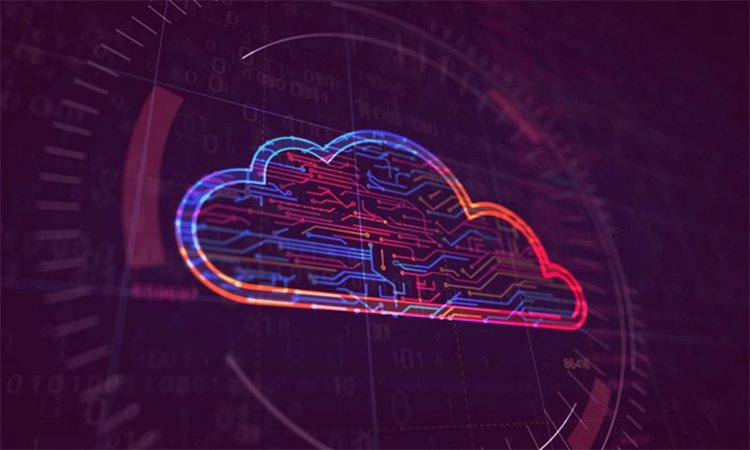It’s lights out for aging rail infrastructure
Posted: 21 April 2022 | Marco Berger | No comments yet
For Global Railway Review, Marco Berger, Senior Director – Solutions and Applications Management at Ribbon Communications, explains why growing security risks and passenger expectations are making IT/OT modernisation imperative for rail operators.


Credit: Ribbon Communications
Rail operators are paying increased attention to their aging IT (information technology)/OT (operational technology) infrastructure, for good reason.
These days, rail operators rely on their communications network to support an increasingly varied and numerous set of legacy and modernised systems. There is access control, ticketing, information kiosks and display screens. There is video surveillance to monitor footfall, support facial recognition, assist in weapons detection, and provide information for crowd control. There is mobile connectivity in stations and on trains. And, of course, there are the general alarm and warning systems, signalling and control systems, telemetry systems, TETRA/Push-To-Talk dispatch systems, and Communications-Based Train Control (CBTC) rail automation systems.
One of the downsides of increasing automation and digitalisation is the increased risk of cyber-attacks.
Advances like these have allowed operators to increase freight and passenger capacity by adding more trains to their networks and meet growing passenger expectations by offering amenities, such as Wi-Fi access on-board and in stations.
But modernisation isn’t all a bed of roses. One of the downsides of increasing automation and digitalisation is the increased risk of cyber-attacks. Individual hackers, governments and private organisations are investing many resources in targeting, paralysing and obstructing critical infrastructure. In an increasingly dangerous risk environment, cyber-attacks are increasing in both frequency and sophistication.
Outdated rail infrastructure is expensive and vulnerable
The problem is the aging IT/OT infrastructure.
Rail communications networks were traditionally based on extremely secure and robust TDM, SDH and SONET technologies. Over the last decade however, more things have evolved. IP and Ethernet are now the ubiquitous technologies for all modern services and applications, with many of these modern applications requiring a vast amount of bandwidth. SDH/SONET is just not architected to efficiently support these packet services or the bandwidth they need.
Modernising and migrating to telecoms systems based on up-to-date technologies such as IP/MPLS, MPLS-TP, Segment Routing, Flex-Ethernet, Carrier Ethernet and DWDM optical transport – is inevitable. The big challenge for railway operators is choosing the best technologies and partnerships to make it happen.
…your cyber-security is only as good as your IT/OT systems and your people.
We need to think about rail system cyber-security and other critical functions in terms of IT/OT system modernisation. In other words, your cyber-security is only as good as your IT/OT systems and your people.
Utility companies, rail and air systems, energy producers and transporters, and even governments are all in the crosshairs. North America, Poland, Ukraine, and the UK have all suffered attacks recently. Any telecoms infrastructure modernisation has to be supported by a risk and vulnerability analysis, before implementing systems to detect and prevent cyber-attacks. This requires a comprehensive multi-layered approach, vision, and strategy. For example, state-of-the-art UTMs (Unified Threat Management), firewalls, encryption systems, multi-layer and domain segmentation and partitioning, and SCADA-focused network anomaly detection systems for zero-day attack prevention and detection. In other words, protection from attacks using malware to penetrate firewalls and anti-virus systems, among others.
The ROI puzzle
Determining the return on investment of system modernisation can be challenging because it is measured in various ways, such as:
- Improved safety in both operations and maintenance activities, with a target of zero accidents
- High availability, minimising system downtime
- Cyber-security, to harden the communications networks against cyber-attacks, secure the safety of rail users, and protect active and passive metres
- Better service and increased passengers and freight. The rail network is using more trains and transporting more freight and passengers. A modernised network must allow the rail infrastructure to be used with increased efficiency
- Customer satisfaction. A modernised system should allow access to high quality, secure mobile broadband, allowing passengers to purchase tickets quickly and safely, monitor schedules and timetables in real time, and access work and entertainment applications from their mobile devices.
An upgraded communications network is essential to reducing security threats and providing operators and their teams with greater control over their networks. An improved communications network is also an opportunity to improve existing customer or passenger services and introduce new revenue-generating features, such as Wi-Fi access and on-board advertising.
Don’t look a gift horse in the mouth
…modernising and migrating to telecoms systems based on up-to-date technologies such as IP/MPLS, MPLS-TP, Segment Routing, Flex-Ethernet, Carrier Ethernet and DWDM (optical transport) is inevitable.
An upgraded communications network is key to providing rail operators with more control over their mission-critical IT and OT systems, and to providing their staff with better, more efficient services to manage the network. However, an improved communications network is also an opportunity to improve existing customer and passenger services and introduce new revenue-generating services, such as Wi-Fi and on-board advertising. The revenue generated from these paid-for services reduces the investment payback period and increases the ROI. Rail operators can also lease their fibre networks to other telecoms service providers, offering additional revenue. The path to support Future Railway Mobile Communications System (FRMCS) will lead to the deployment of 5G-ready telecom infrastructure with advanced network slicing and accurate timing and synchronisation mechanisms, further enabling rail operators to deliver advanced telecom services for external customers without compromising its own network needs.
The truth is, modernising and migrating to telecoms systems based on up-to-date technologies such as IP/MPLS, MPLS-TP, Segment Routing, Flex-Ethernet, Carrier Ethernet and DWDM (optical transport) is inevitable. The big challenge for railway operators is choosing the best technologies and partnerships to make this process happen.
It’s lights out for the rail industry’s aging IT/OT infrastructure. The only remaining question is, are you ready?
Related topics
Digitalisation, Infrastructure Developments, Passenger Experience/Satisfaction, Security & Crime Management, Technology & Software, Wi-Fi








